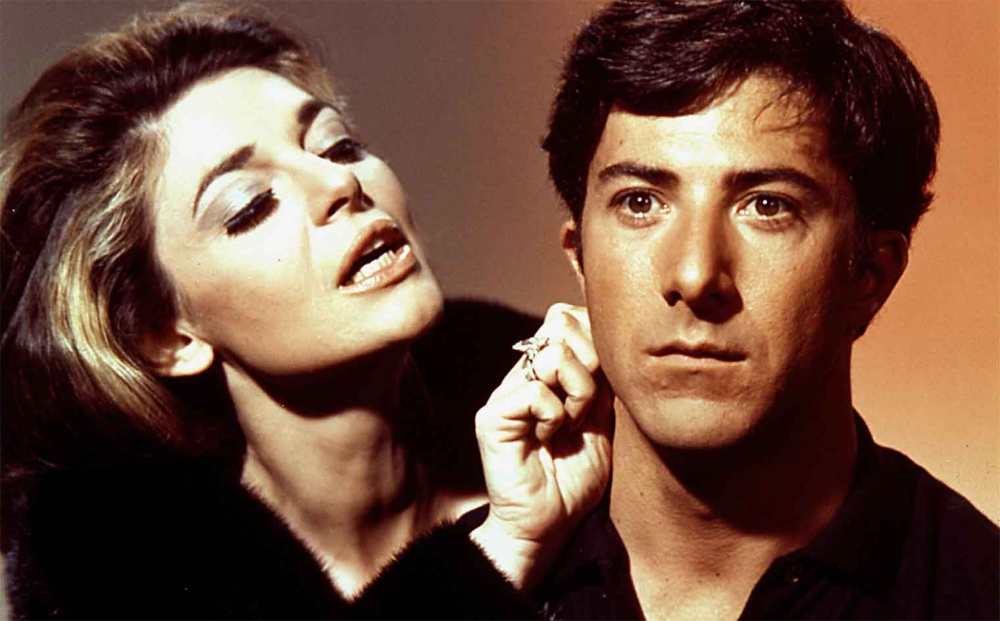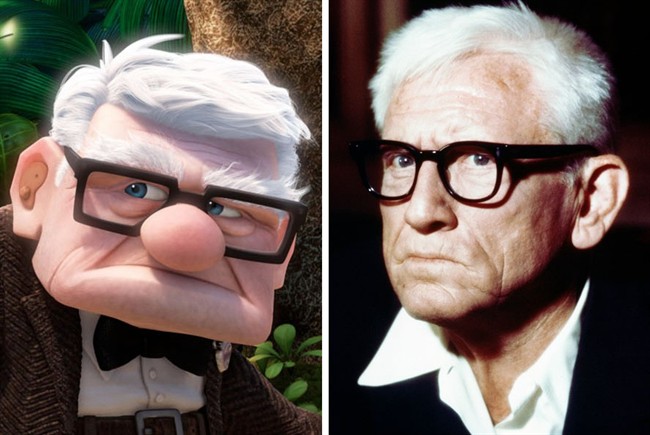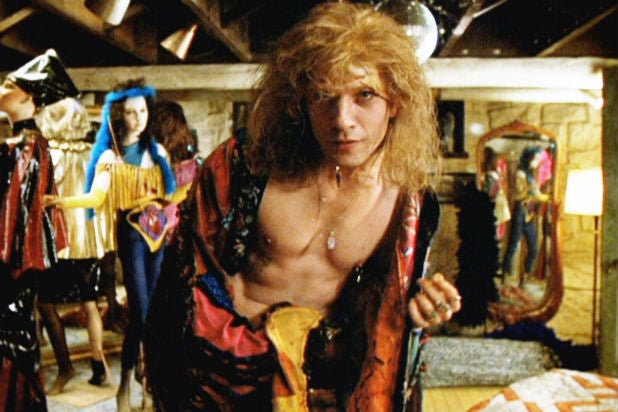The Movie That Invented The Coming of Age Genre
When a flake of snow hits UK soil – the whole island is put on hiatus. So it was pretty befitting that I’d catch up on my AFI challenge and watch a classic movie this weekend (as the inch of snow forced me to stay in), plus I haven’t posted on here for a year and a half – so it’s about time I attempt at doing this bloody list again.
As it was Oscars weekend I thought I’d check out ‘The Graduate’ (1967: ‘98 #7, ‘03 #17). One of the most iconic coming of age movies that was the last to win only for Best Director at the Academy awards (bit of trivia for you). And when I say this film is iconic, I mean it in every sense of the word. Even though I never had seen it before this weekend – I pretty much knew the whole plot, some of the key quotes and the soundtrack, which is why it is ranked so highly in on the 1998 and 2007 lists. But other than having a huge cultural impact, does the film have the credentials to be ranked so highly with ‘Citizen Kane’ (1941) and ‘Schindler’s List’ (1993)?

The Graduate (1967)
The storyline is pretty straight forward; a talented graduate (Dustin Hoffman) from a middle class family, but with no sense of direction, begins an affair with an older family friend (Anne Bancroft) only to fall in love with her daughter (Katharine Ross). A tame plot by today’s standards, but Bancroft’s nude scene raised a few eyebrows at the time and age difference of 20 years between her and Hoffman’s character made the movie pretty controversial at the time. People probably wouldn’t have battered an eye lid if the male character was 20 years senior than the female. No one seemed to care when Grant was wooing a much younger Hepburn in ‘Charade’ (1963) and despite a twenty-five year age gap, Bacall and Bogart’s romance celebrated romance on and off the screen. Hypocrisy is today still prevalent as Best Picture nominee ‘Call me By Your Name’ (2017) has been criticised (by mostly straight white males, including James Wood) for the age gap of just a six years between the two gay characters. But star of the Academy Award winning film Armie Hammer brilliantly highlighted our double standard society by kindly reminding Woods that he dated a 19 year old when he was 60.

Anne Bancroft and Dustin Hoffman
But back to ‘The Graduate’; yes, it was a risky plot at the time and yes, it perhaps invented the coming of age genre. But Hoffman’s character comes across as such a self-absorbed selfish brat who doesn’t seem to have the slightest concern his actions are destroying a family – that he is hard to like. That being said Hoffman plays the part brilliantly and his awkwardness brings in subtle comedy to the movie. He even at times, when not being an arrogant punk, displays endearing and charming qualities of the arguably the greatest literary character of the twentieth-century; Holden Caulfield from ‘Catcher in the Rye’ (1951). In fact I’m almost certain that Benjamin Braddock was inspired by the protagonist in J.D Salinger’s masterpiece.
It’s hard to think of anyone other than super seductive Anne Bancroft playing the role of Mrs. Robinson. Her iconic husky and commanding voice brought some of the most memorable one liners to modern cinema, it’s crazy that the role could have gone to Joan Crawford or ‘Murder She Wrote’ star Angela Lansbury. At times Mrs. Robinson can be a bit annoying and her nonchalant attitude at the beginning of the movie makes it hard for you to have empathy for her. But toward the end of the film, you definitely see her more as a victim and can sympathise with her for having a loveless marriage.
‘The Graduate’ trailer
The unforgettable ending, which has probably been recreated by every soap in the last fifty-years (as well as famous Renault Clio advert from the 90s) alone qualifies the classic to be in AFI top 100 films of all time, but it is suited to its 2007 ranking of #17 rather than top ten position in the 1998 list.
For its superb cast, iconic quotes, invention of the coming of age genre and soundtrack that sets the mood for the movie – I give ‘The Graduate’ 4 out of 5.







 Hopkins gets into character on the set of ‘Silence ff The Lambs’
Hopkins gets into character on the set of ‘Silence ff The Lambs’ Ted Levine plays the disturbed ‘Buffalo Bill’
Ted Levine plays the disturbed ‘Buffalo Bill’